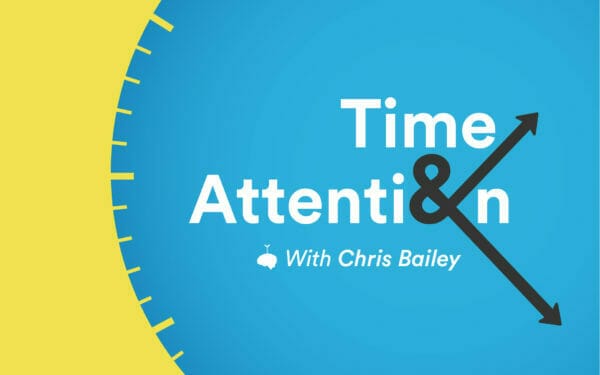
 Time and Attention
Time and Attention 114: Commitment Devices
5 snips
Oct 24, 2023 Topics discussed include commitment devices, intention-action gap, financial and social commitment devices, adding and removing friction for goal attainment, game theory and decision-making, using commitment devices to bridge the gap between intentions and actions, and the influence of social factors on commitment devices.
Chapters
Transcript
Episode notes
1 2 3 4 5 6
Introduction
00:00 • 3min
Understanding Commitment Devices
02:50 • 2min
Game Theory and Decision-Making
04:32 • 3min
Using Commitment Devices to Bridge the Gap between Intentions and Actions
07:45 • 21min
The Influence of Social Factors on Commitment Devices
28:25 • 3min
Exploring Commitment Devices and Their Historical Examples
31:11 • 3min

